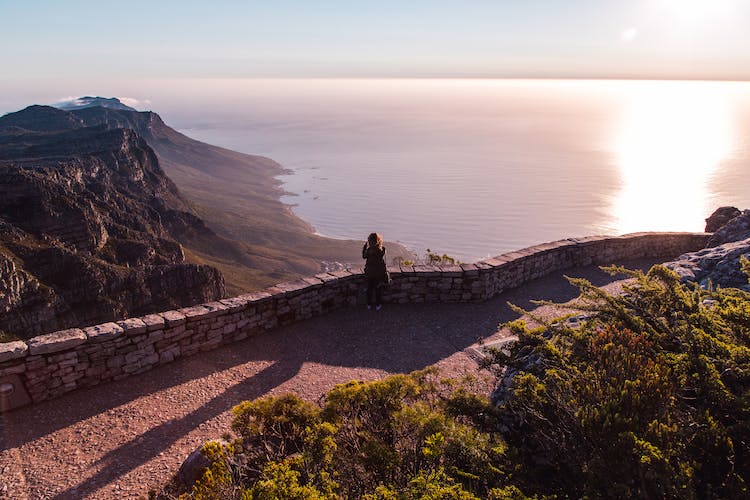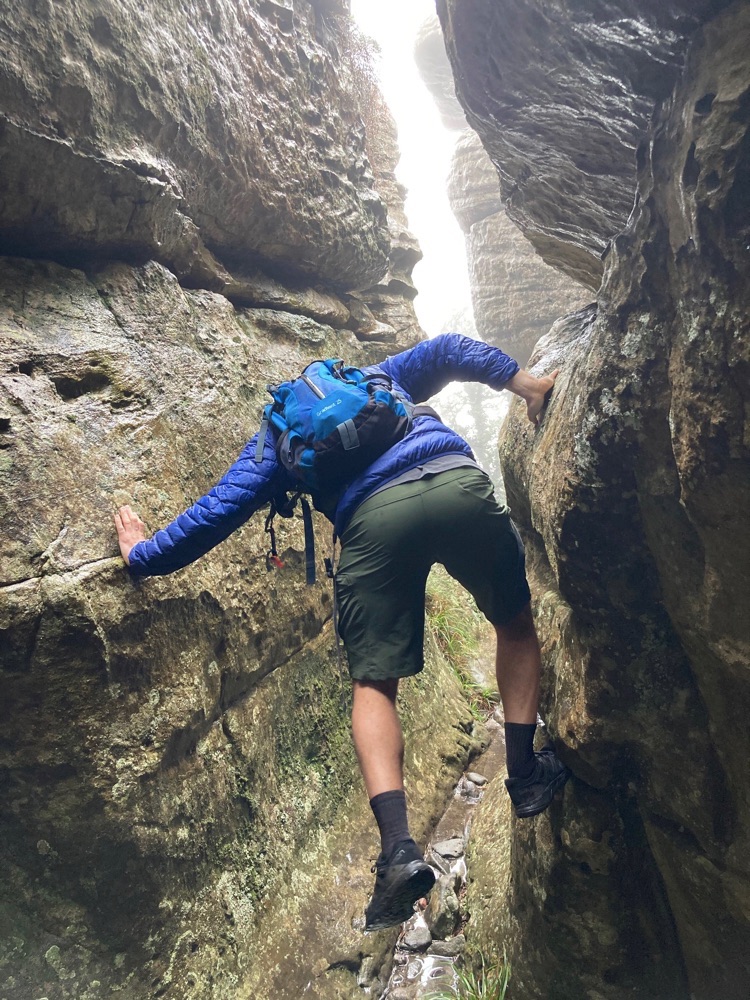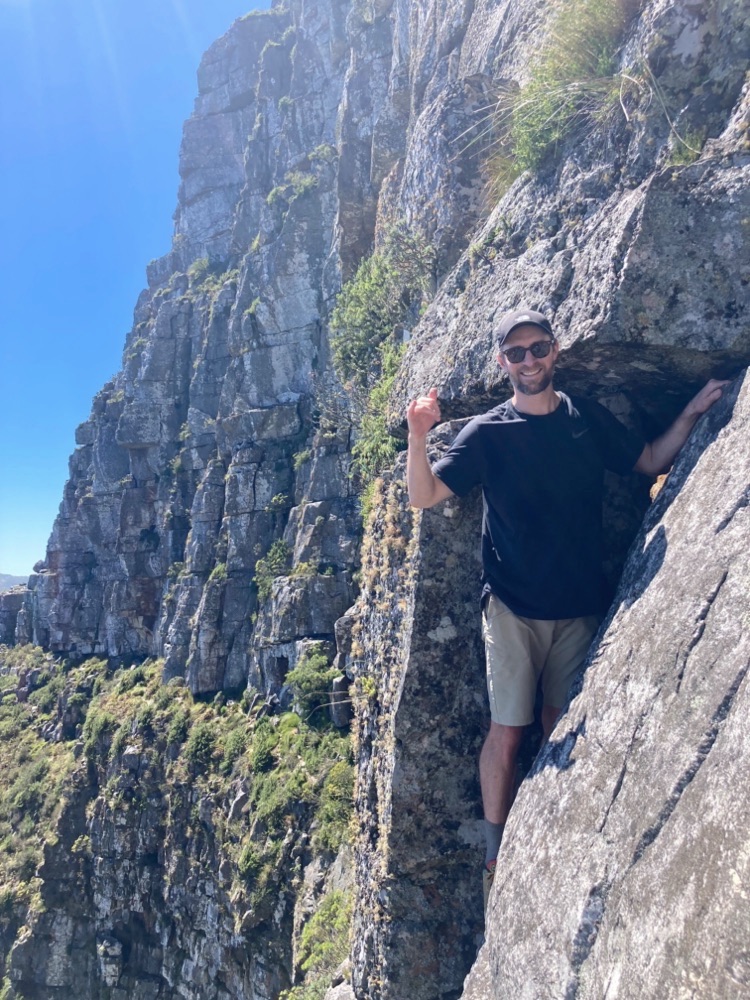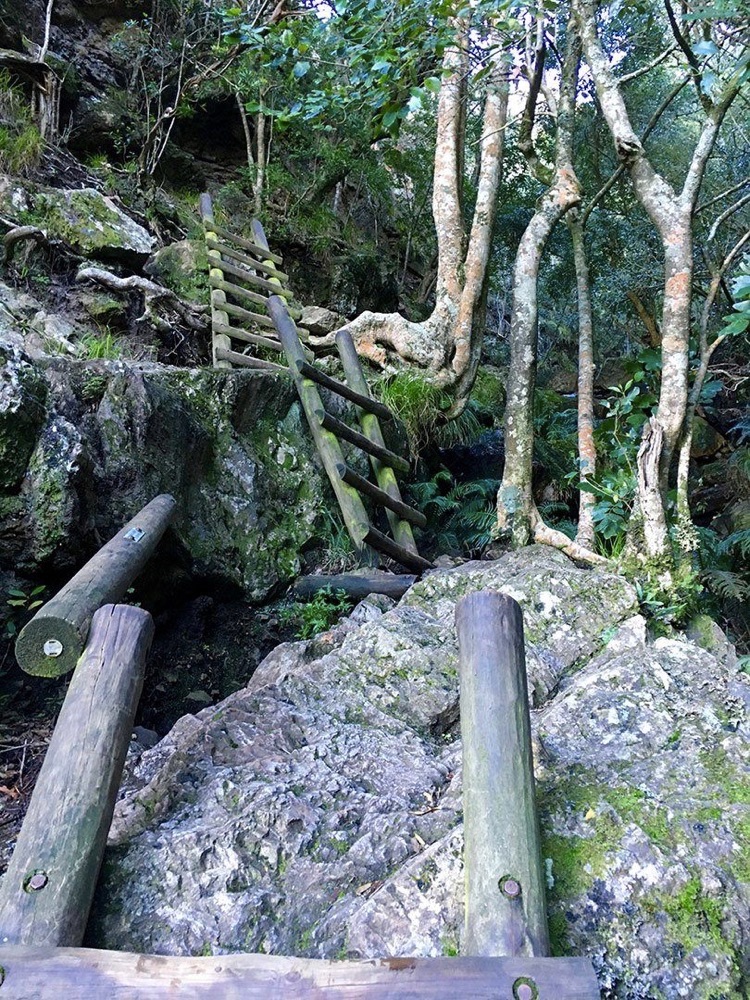
TABLE MOUNTAIN HIKES
Table Mountain, an iconic landmark overlooking Cape Town, South Africa, offers not only breathtaking views of the city but also a diverse range of hiking trails for outdoor enthusiasts.
Hiking on Table Mountain is an adventure that combines the thrill of exploration with the tranquility of nature, creating an experience that lingers in the hearts of those who embark on its trails. On this page we explore the best Table Mountain hikes.
TOP HIKES
THE CHANGING LANDSCAPE
Hiking Table Mountain is a journey through a dynamic landscape that transitions from lush valleys to rugged rock formations.
As hikers ascend, the vegetation changes, and the air becomes crisper. The Tablecloth, a phenomenon where clouds cascade over the mountain’s flat summit, adds an ethereal touch to the experience, creating an ever-changing and mystical atmosphere.
FAUNA AND FLORA
One of the most captivating aspects of hiking on Table Mountain is the opportunity to encounter a rich tapestry of plant life, much of which is endemic to the region.
Fynbos, a unique and diverse vegetation type, covers the mountain slopes. Showcasing a variety of proteas, ericas, and other plant species. Keen-eyed hikers may also spot dassies (rock hyraxes), lizards, and a variety of bird species, including the elusive African black eagle soaring overhead.

HISTORY OF TABLE MOUNTAIN
Table Mountain, a majestic flat-topped mountain overlooking Cape Town, South Africa, is not only a geological wonder but also a symbol of the rich history and diverse cultures that have shaped the region.
This iconic landmark has witnessed centuries of changes. From the ancient times when it stood witness to the first indigenous peoples, to the European exploration and colonisation that followed.

GEOLOGICAL FORMATION
Table Mountain, part of the Table Mountain National Park, is a flat-topped mountain formed approximately 300 million years ago during the Late Carboniferous period.
The mountain’s unique flat shape is a result of erosion, particularly by wind and water. The sandstone that comprises the mountain has been shaped into a plateau-like form over millions of years. This makes it one of the most distinctive natural landmarks in the world.

INDIGENOUS PEOPLES
Long before European explorers set foot on the shores of the Cape of Good Hope, Table Mountain was home to indigenous Khoi and San communities.
These original inhabitants revered the mountain as a sacred place and incorporated it into their myths and spiritual beliefs. The mountain’s indigenous flora and fauna were vital resources for these communities, contributing to their sustenance and traditional practices.
EUROPEAN EXPLORATION & COLONISATION
In 1488, Portuguese explorer Bartholomeu Dias became the first European to navigate around the Cape of Good Hope. This marked the beginning of European exploration in the region.
Table Mountain soon became a prominent landmark for sailors entering the treacherous waters of the Cape. However, it wasn’t until 1652 that the Dutch established a permanent settlement, Cape Town, at the foot of Table Mountain.
In 1503, Portuguese explorer António de Saldanha made the first recorded ascent of Table Mountain. He hiked to the top to establish whether he had indeed rounded the Cape of Good Hope.
The European settlers had a profound impact on the indigenous populations, leading to conflicts and displacement. The mountain itself became a strategic vantage point, with Forts built on its slopes to defend the fledgling colony against potential threats.
Over the years, the city of Cape Town expanded, but Table Mountain remained a constant, silent witness to the changing dynamics of the region.

LEGENDS AND MYTHS
Table Mountain is steeped in folklore and legends. One of the most famous stories is that of the “Tablecloth.” According to Khoi mythology, a god known as Hauman is responsible for laying a white tablecloth (clouds) on the mountain’s summit.
When the clouds roll down the mountain, it is said to be Hauman shaking out his tablecloth, creating a mystical and ethereal spectacle.
CONSERVATION
In 1998, Table Mountain and the Cape Peninsula were designated as a UNESCO World Heritage Site in recognition of their unique biodiversity, including many endemic plant species.
The Table Mountain National Park, established in 1998, encompasses not only the mountain itself but also the surrounding areas, preserving the natural beauty and ecological significance of the region.





